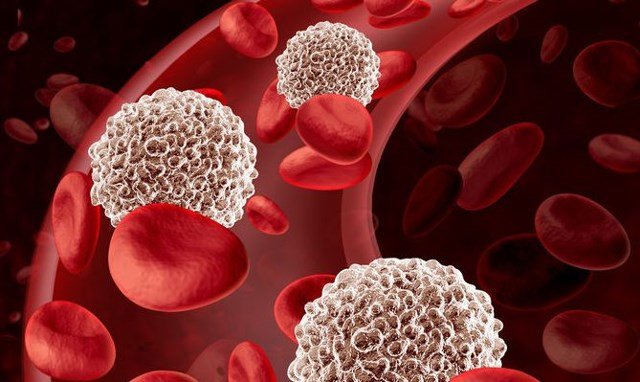We know that with the current times, which we can define as “Times of covid”. It is important to keep our health levels as stable as possible. Not only ingesting vitamins, taking the necessary preventive measures, but also maintaining a good balanced diet. However, there are times when, for various reasons, the normal values of our body can be affected. Perhaps due to some infection, anemia, or suffering from some other type of malaise disease. As a consequence, the value of monocytes in the body decreases. You may not know what monocytes are or what they refer to. You may even have reached this post after doing a blood test. And you want to know how to interpret the information that is reflected there, whatever the case may be. Let us let you know that you have come to the right place. Let’s start by answering the question that gives rise to this post… What does it mean to have low monocytes? Low levels of monitos indicate a clear lack of defenses by your body. Defenses against what? Against viruses and bacteria that can somehow enter your body. This means that your body becomes more susceptible to infections. Simply put, having low monocyte levels means your immune system is weakened. This usually occurs when there are blood infections, chemotherapy treatments or those problems presented in the bone marrow (such as leukemia or aplastic anemia).

What is the value considered normal?
The value considered normal in monocytes is between 200 and 800/ml. It should be noted that there are some blood tests that represent the result in percentages. If this is the case, it is possible that in the same exam they show the reference values. Which allow you to know what the normal percentages of monocytes are. As for lymphocytes, the normal value is between 1,000 and 4,500/ml. These tend to increase mainly in cases of viruses, parasites or infections.
What foods are good to eat to increase the monitos?
There are many foods that allow us to increase the levels of monocytes in our body. Below we will share a list of foods that you should take into account in your diet. Mainly if your levels are below the norm: This dairy food, as well as the rest of the prebiotic foods that we can find on the market. They are excellent for raising white blood cells. Mainly due to its high content of vitamin A. The combination of vitamin C and folic acid present in these foods allows the presence of white blood cells in our bloodstream to be maintained at a good level. black tea A study conducted at Harvard University, which shows that drinking about five cups of black tea a day, for a few days. The level of leukocytes present in your immune system can be multiplied by four. More than eating oysters, what is really recommended is foods rich in zinc, such as this mollusk or sunflower seeds, peanuts, liver or red meat. Any of them is a good option to consider. Mushrooms are particularly efficient at increasing monocytes. Since they comply with providing beta-glucans and selenium, both excellent substances to activate the immune system thanks to their function as antioxidants. We invite you to read our entry on “How to interpret a blood test”.
What does it mean to have high monocyte levels?
We already know what it means to have low monocyte levels. And in fact, if you have paid attention to reading this entire post, it is easy to understand that they are closely related to the immune system. So, if the values are low, the immune system is weakened, worse if they are high… Is it bad? The answer is yes, in fact it could be considered even worse and high risk to have high monocytes. Since this may indicate the presence of a chronic infection, or a blood or autoimmune disorder. It can also signal the presence of cancer and other high-risk medical conditions.
What diseases cause the increase in white blood cells?
Below we share a list of diseases that increase white blood cells in our body: Myelofibrosis (A disorder of the bone marrow). Acute lymphocytic leukemia. Infections, bacterial or viral. Acute myelogenous leukemia (AML). Medications, such as corticosteroids and epinephrine. Allergy, especially severe allergic reactions. Chronic myelogenous leukemia. Chronic lymphocytic leukemia.